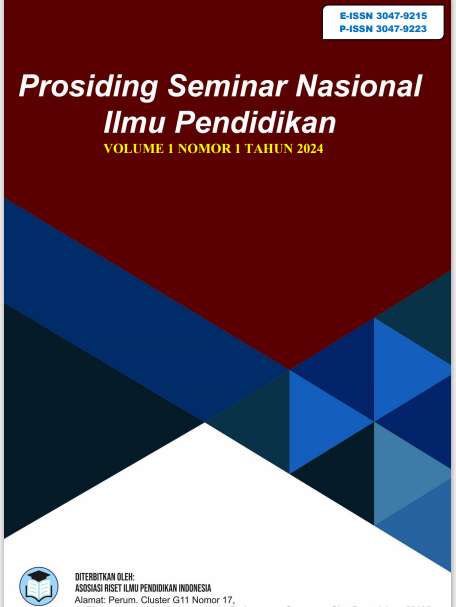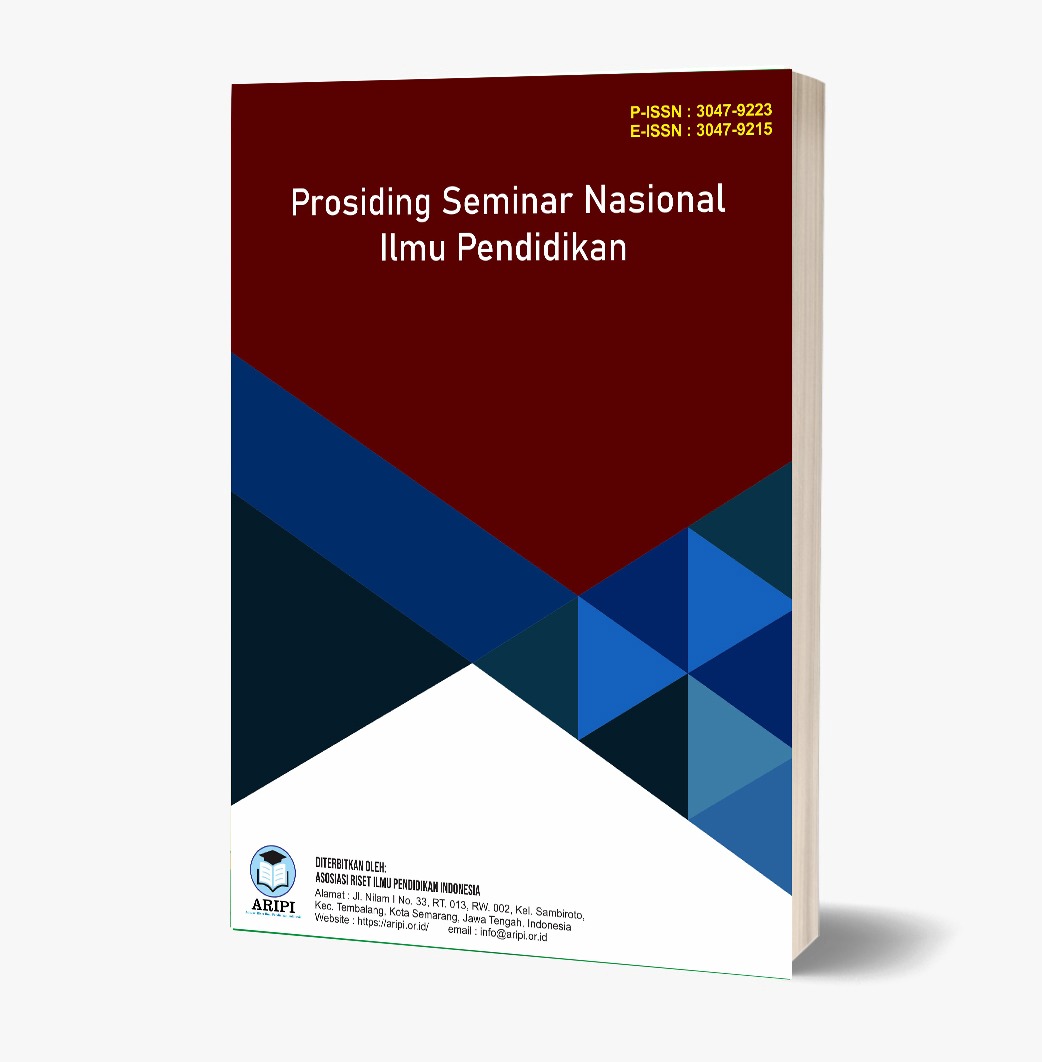Tanggapan dan Tantangan Public Relations Menghadapi Hoaks
Studi Deskriptif Kualitatif pada Public Relations Rumah Sakit Akademik UGM
DOI:
https://doi.org/10.62951/prosemnasipi.v1i2.108Keywords:
Health Hoaxes, Social Media, Public Relations, Proactive, ReactiveAbstract
The rise of hoaxes is currently increasingly undirected, along with the rapid growth of information and communication technology. In almost all aspects of life, hoaxes appear. The topic of health is not free from hoax news. Public officials are also often involved in reporting hoaxes related to health. Public Relations of RSA UGM as one of the pilot hospitals also took part in explaining the existence of health hoaxes. RSA UGM Public Relations took action to resolve this problem. This research analyzes how RSA UGM's public relations strategy responds to health hoaxes. The analysis was carried out using Ronald D. Smith's (2005) concept of public relations strategy which is divided into proactive strategies and reactive strategies. The results of the research show that in responding to health hoaxes, RSA UGM Public Relations recruits carried out preventive efforts well in advance in the form of proactive action and communication on their social media. When hoaxes emerged, RSA UGM Public Relations through its social media accounts provided education and adopted reactive strategies to respond to turmoil in society. In carrying out a strategy to respond to hoaxes, RSA UGM Public Relations relies more on social communication media than conventional communication media.
References
Aqua. (n.d.). Klarifikasi isu fluorida. Diakses pada 25 November 2022 dari http://www.aqua.com/kabar_aqua/berita-perusahaan/klarifikasi-isu-floride-dari-1.
Budiman, A. (2017). Berita bohong (hoax) di media sosial dan pembentukan opini publik. Pusat Penelitian Badan Keahlian DPR RI Majalah Info Singkat, 9(1), Januari 2017.
Butterick, K. (2013). Pengantar public relations: Teori dan praktik. Jakarta: PT Raja Grafindo Persada.
Conroy, N. J., Rubin, V. L., & Chen, Y. (2015). Automatic deception detection: Methods for finding fake news. University of Western Ontario, Canada.
Cutlip, S. M., Center, A. H., & Broom, G. M. (2009). Effective public relations. Jakarta: Kencana Prenada Media Group.
Kominfo. (2021). Artikel terkait isu hoax. Diakses pada 25 November 2022 dari https://aptika.kominfo.go.id/2021/12/20488/.
Mastel. (2019). Hasil survei wabah hoax nasional. Diakses pada 24 November 2022 dari https://mastel.id/hasil-survey-wabah-hoax-nasional-2019/.
McDougall, C. D. (1941). Hoaxes. New York: McMillan.
McQuail, D. (2008). McQuail’s mass communication theory (5th ed.). London: SAGE Publications.
Prayudi. (2016). Manajemen isu dan krisis. Yogyakarta: LPPM UPN.
Putra, I. G. N. (1999). Manajemen hubungan masyarakat. Yogyakarta: Atma Jaya Press.
Republika. (2017). Begini dampak berita hoax. Diakses pada 1 Desember 2022 dari http://trendtek.republika.co.id/berita/trendtek/internet/17/04/11/oo7uxj359-begini-dampak-berita-hoax.
Salim, A. (2006). Teori dan paradigma penelitian sosial. Yogyakarta: Tiara Wacana.
Sellnow, T. L., Littlefield, R. S., Vidoloff, K. G., & Webb, E. M. (2009). The interacting arguments of risk communication in response to terrorist hoaxes. Argumentation and Advocacy, 45(3). https://doi.org/[DOI/URL not provided]
Smith, R. (2005). Strategic planning for public relations (2nd ed.). London: Laurence Erlbaum Associates.
Smith, R. (2014). Public relations: The basics. UK: Routledge.
Witmer, D. F. (2012). Public relations management: A team-based approach. USA: Kendall Hunt Publishing Company.
Yin, R. K. (2014). Studi kasus: Desain dan metode. Jakarta: Raja Grafindo Persada.
Downloads
Published
How to Cite
Issue
Section
License
Copyright (c) 2024 Prosiding Seminar Nasional Ilmu Pendidikan

This work is licensed under a Creative Commons Attribution-ShareAlike 4.0 International License.







